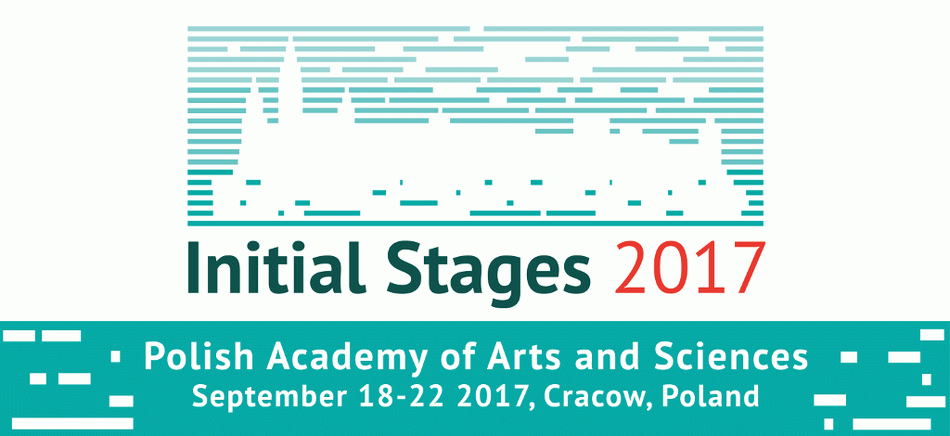Speaker
Description
Hamiltonian perturbation theory in the light-cone form (LCPT) has become a standard tool in understanding hadronic scattering processes within a first principles QCD approach. The calculational inconvenience of LCPT compared to standard covariant perturbation theory is balanced by several features that make its physical interpretation more transparent. Due to the more complicated mathematical structure resulting from the breaking of explicit rotational symmetry, LCPT has never been the formulation of choice for higher-order loop calculations. More recently, however, calculations of small-x dilute-dense scattering processes in the Color Glass Condensate (CGC) picture have been approaching the NLO level, for example in the small-x evolution equation and inclusive deep inelastic scattering cross sections. In this talk I will discuss our latest work [1,2], in which we formulate the LCPT rules in helicity space, independently of the spinor representation. Using the helicity space approach, one-loop computations can be done by using the four-dimensional helicity (FDH) scheme. This presents a major technological improvement for LCPT loop calculations. Demonstrating the effectiveness of our approach, we compute the full NLO correction for DIS cross section in the dipole factorization formalism, and also compare our results to the conventional dimensional regularization (CDR) scheme [3].
[1] T. Lappi, R. Paatelainen Annals Phys. 379 (2017) 34-66
[2] T. Lappi, R. Paatelainen work in progress
[3] G. Beuf Phys. Rev. D 94 (2016) 054016
